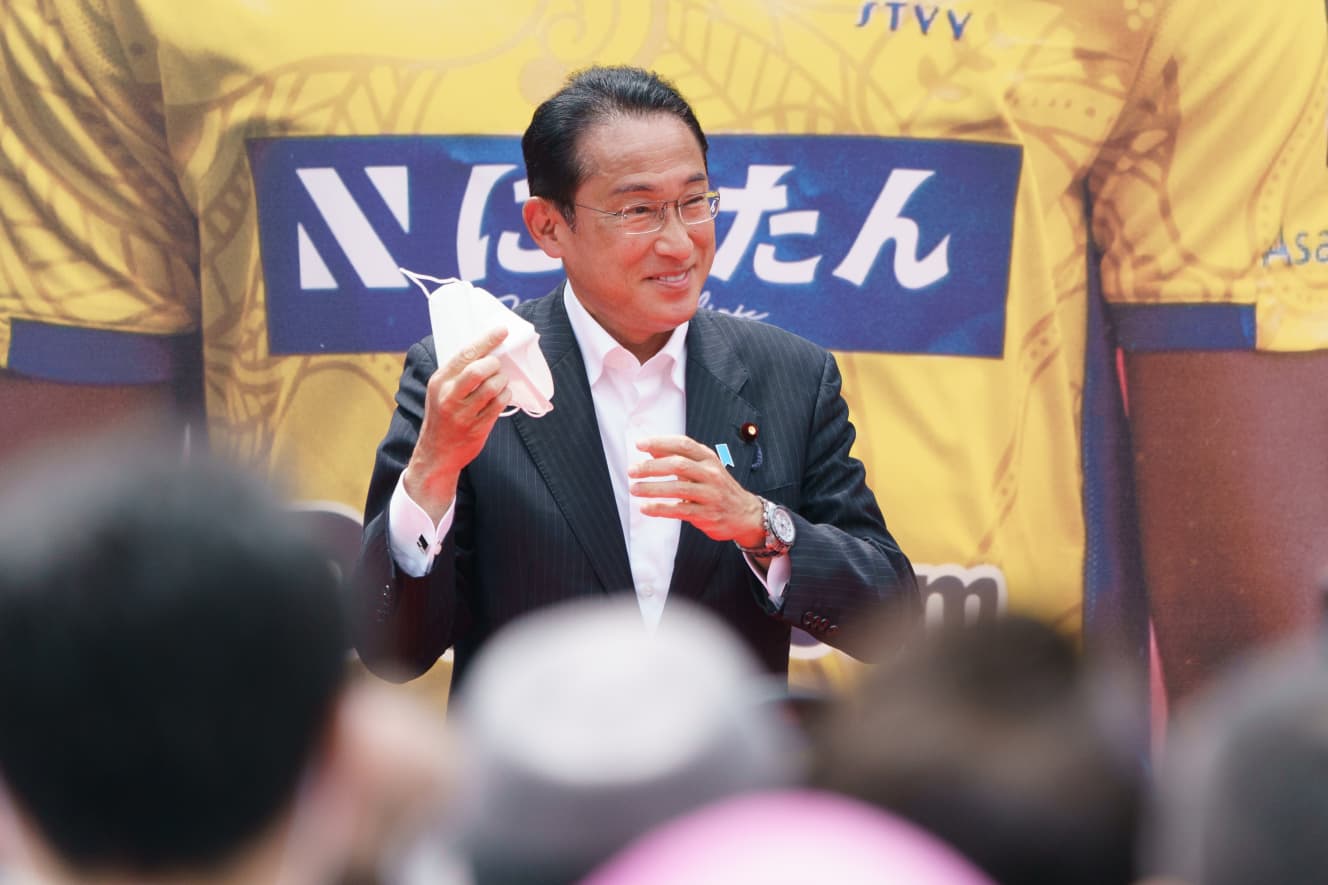Prime Minister Kishida has stated that the key policy of the LDP is to “realize an education where “no one is left behind” and “children who can grow and develop” We will provide rich learning opportunities at home, at school, and in the community.” He tweeted. (Photo: Afro) Classes have become “self-study”, The Growing Teacher Shortage Last year, the Ministry of Education, Culture, Sports, Science and Technology conducted a nationwide survey on teacher shortages for the first time, targeting public elementary, junior high, and senior high schools and special-needs schools nationwide. As of the first day of school last April, 2,558 teachers had not been assigned as planned nationwide, but the Tokyo Metropolitan Government announced that there was no shortage in either elementary or junior high schools. On the other hand, the Ministry of Education, Culture, Sports, Science and Technology urgently notified boards of education nationwide that a severe shortage of teachers has been reported again this school year. It is urging active use of the “special license system,” which allows working adults with knowledge and experience to be hired as teachers even if they do not have a teaching license. Furthermore, as of July 1 of this year, the “teacher license renewal system,” which had been a major burden on busy teachers, was abolished. Instead, however, individual teachers are required to record their training and principals are required to provide guidance and advice. There has already been a wave of criticism that the system “does not at all understand the difficulties faced by teachers in the field. The shortage of teachers is extremely serious. The Tokyo Metropolitan Board of Education’s website states, ” [Urgent call] We are recruiting temporary appointment teachers for Tokyo public schools! We need your help!” (June 13) and other frequent releases of teacher recruitment in 2022 alone. On June 16, the official Twitter page of the Tokyo Metropolitan Board of Education posted the following. “(Mark of applause) Temporary teachers, we’re looking for you! What is a temporary teacher? The job description is the same as that of a regular teacher, and you may be asked to teach classes and be in charge of classroom teaching! (abbreviated below).” “The current way of making teachers work is a violation of their human rights. It’s not possible to do the same job as a regular teacher until March from the position of a temporary appointment. It’s too good to be true!” Several comments criticized the situation. The shortage of teachers is not limited to Tokyo. It was just reported that public schools in Hyogo Prefecture are short 114 teachers and that Japanese language classes are being taught on a self-study basis. In addition, there have been murmurs in many places that “teachers were being recruited in school newsletters,” “there was teacher recruitment via e-mail and flyers,” “there were once posters for teacher recruitment in convenience stores,” and “there was teacher recruitment via advertising cars,” etc. The main cause is the unplanned curtailment of recruitment of the ice age generation Parents are not the only ones who are anxious and dissatisfied with these pretentious measures. A company employee in his 40s, a baby boomer generation, who graduated from the Faculty of Education at Tokyo Gakugei University, a national teacher training college where the author is also a graduate, says: “The number of prospective candidates for the year 2023 was 2,870, 2,640 for the year 2022, and more than 3,000 before that, and the ratio of applicants to applicants was reported to be in the 3 times range. However, around the time I took the exam, the Tokyo Metropolitan Government announced that the total number of elementary school teachers to be hired was limited to 50, and there was a big fuss about it. As I recall, it was later changed to 100. Even so, we were the second baby boom generation with a large population, and we were also the generation in the ice age of employment due to the bursting of the bubble economy, and the teacher recruitment examinations were extremely difficult with a high ratio of applicants. In my class, only one person became an elementary school teacher in Tokyo. Because of the extremely high odds, many people took the employment examinations in regions where odds were relatively moderate, even though they were not from their hometowns. Except for a few of my classmates who were going into the private sector, very few of them had decided on a career path at the time of their graduation ceremony, and it was common for most of them to be “putaro,” or “teacher recruitment exam ronin.” Many of my friends who excelled in their studies became teachers after having spent some period as a ronin for the employment examination. Some became teachers after working part-time as cram school teachers, and some stopped taking the employment exam midway through and started private tutoring. Some found jobs in other fields, and some quit teaching and went into other fields.
